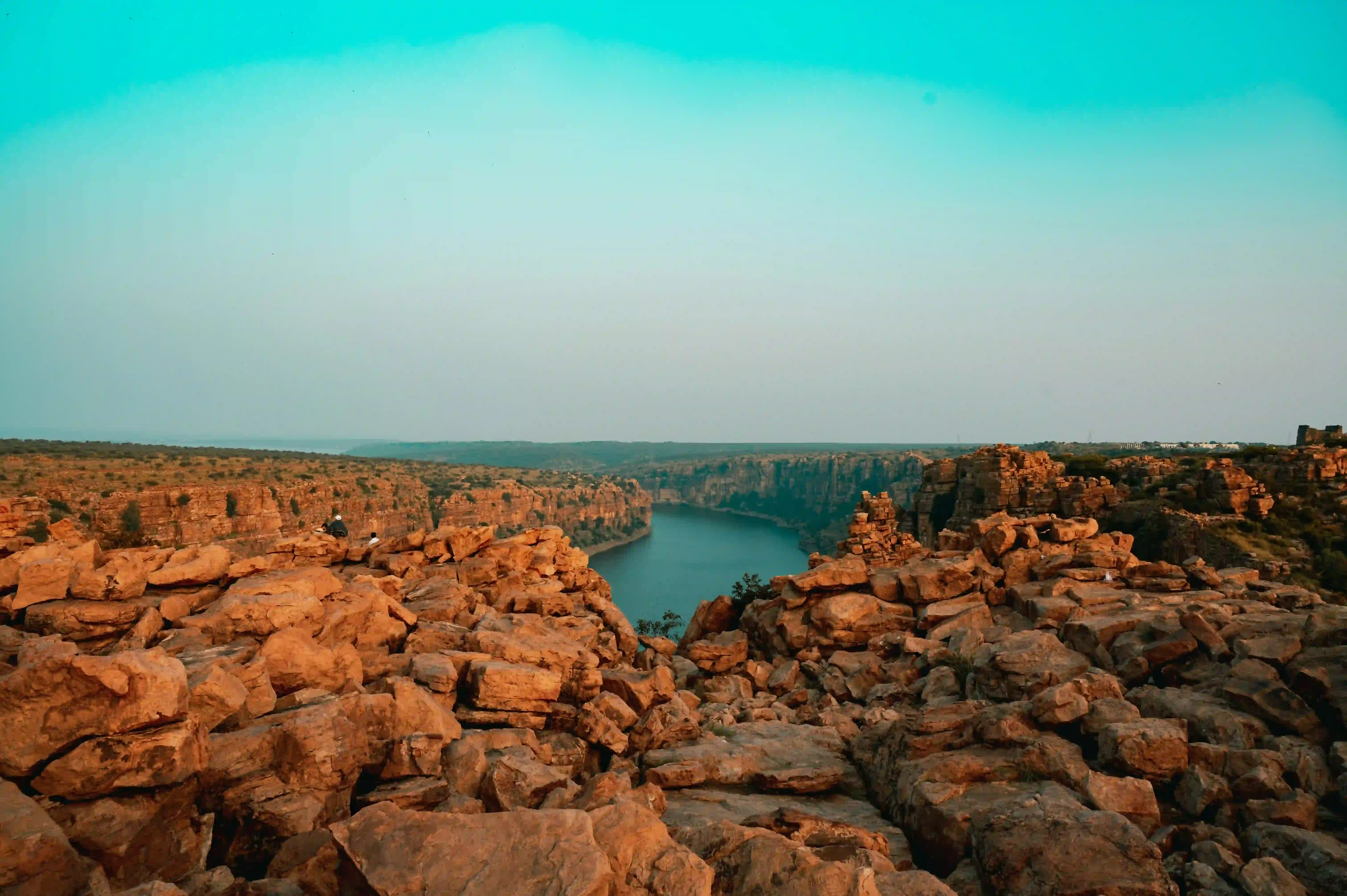Chilika Lake represents a remarkable geological marvel nestled in Odisha, emerging from millennia of complex geographical transformations. Its origins trace back to the Pleistocene era, when the Mahanadi River's sedimentary processes gradually separated this expansive water body from the Bay of Bengal, creating Asia's largest brackish water ecosystem.
The lake's maritime significance extends far beyond its natural formation, serving historically as a crucial trade corridor connecting ancient Indian civilizations with Southeast Asian networks. Greek and Chinese historical accounts, including references by Claudius Ptolemy and the pilgrim Xuanzang, underscore its importance as a prominent maritime commerce center, with ports like Palur and Che-li-ta-lo-Ching facilitating extensive international trade routes.
Archaeological evidence from nearby sites like Golabai Sasan reveals intricate maritime cultural phases spanning Neolithic, Chalcolithic, and Iron Age periods. Excavations have unearthed compelling artifacts such as stone anchors and hero stones, providing tangible proof of the region's sophisticated boat-building technologies and complex maritime interactions.
Cultural narratives surrounding Chilika Lake are deeply intertwined with legendary accounts, including the tale of the pirate king Raktabahu and references in ancient texts like the Brahmanda Purana. The annual Bali Yatra festival continues to commemorate these historical maritime connections, symbolizing the enduring cultural memory of maritime trade and exploration.
The lake's ecological significance is equally profound, hosting a diverse ecosystem that supports numerous migratory bird species and the rare Irrawaddy Dolphins. Designated as a Wetland of International Importance under the Ramsar Convention since 1981, it represents a critical conservation area managed by the Chilika Development Authority.
Poetic and literary traditions have also celebrated the lake's beauty and significance. Prominent Odia poets like Radhanath Ray and Pandit Godavarish Mishra have immortalized its landscape and cultural essence, embedding Chilika Lake deeply within the regional imagination and literary heritage.
The British colonial presence from 1803 further complicated the lake's socio-political landscape, introducing new administrative and economic dynamics that would reshape its usage and perception. This period marked a significant transition in the lake's historical narrative, bridging traditional maritime practices with emerging colonial infrastructures.
In contemporary times, Chilika Lake has transformed into a vibrant tourist destination, attracting global visitors with its serene beauty, rich biodiversity, and profound historical resonance. Conservation efforts continue to balance ecological preservation with sustainable tourism, ensuring that this extraordinary natural wonder remains a testament to geological, cultural, and ecological complexity.









